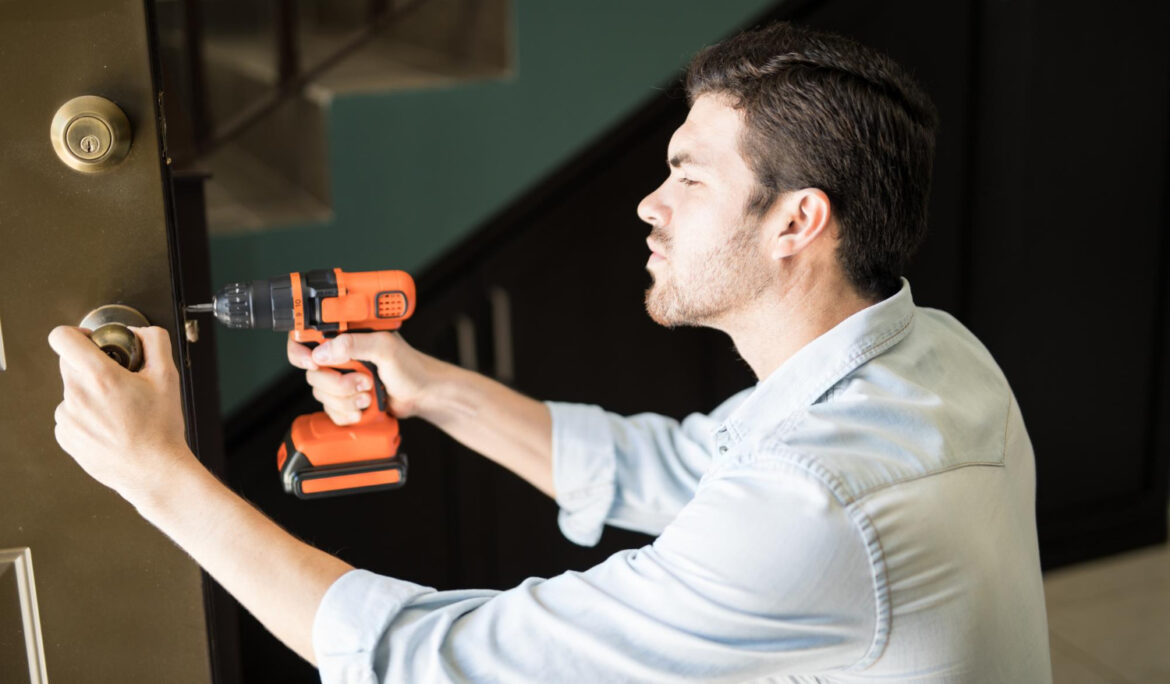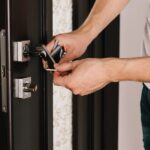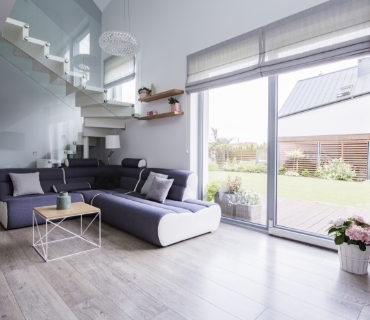Exit Devices: Ensuring Safety and Compliance
Exit devices, commonly known as panic bars or push bars, are critical components in buildings where safety and security are paramount. These devices facilitate swift and efficient egress during emergencies, ensuring occupants can exit swiftly and safely. Installed on exit doors, they are designed to withstand heavy usage while complying with local safety codes and regulations. Whether in commercial settings such as offices, schools, or healthcare facilities, or in residential buildings, exit devices are indispensable for maintaining a secure environment without compromising on ease of use.
Electric Mortice Locks: Seamless Integration with Modern Security Systems
Electric mortice locks represent a significant advancement in door security technology. Unlike traditional locks, these electronic variants offer enhanced control and monitoring capabilities. They integrate seamlessly with access control systems, allowing for centralized management of entry points. This makes them ideal for both residential properties seeking advanced security features and commercial establishments requiring strict access control protocols. Electric mortice locks not only provide heightened security but also offer convenience through options such as remote unlocking and audit trail logging, ensuring comprehensive security management.

Residential & Commercial Door Hardware: Functionality and Aesthetics
Beyond security, door hardware also contributes to the aesthetic and functional aspects of a building. Residential door hardware encompasses a wide range of designs and finishes, catering to various architectural styles and homeowner preferences. From elegant handles and knobs to robust locks and hinges, each component is chosen to complement the interior and exterior decor while ensuring reliable performance.
In commercial settings, door hardware must withstand rigorous daily use while adhering to safety and accessibility standards. Heavy-duty locks, durable hinges, and specialized hardware tailored to specific operational needs are essential considerations. Additionally, ADA-compliant hardware ensures accessibility for all individuals, further emphasizing the importance of selecting the right components for every door application.






